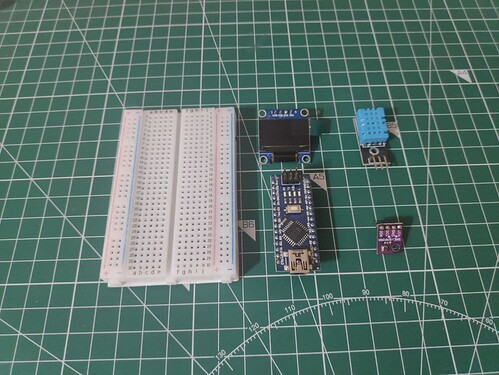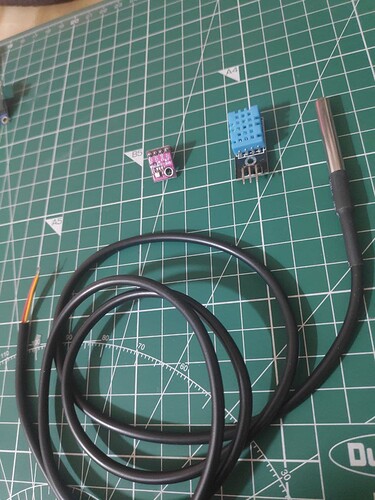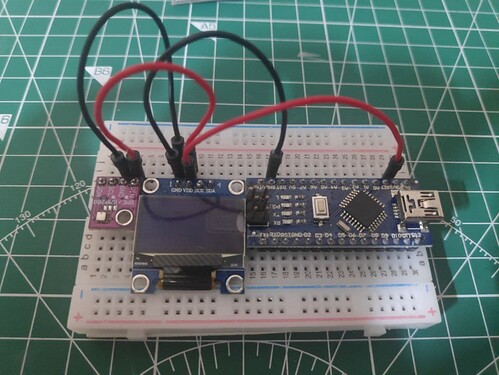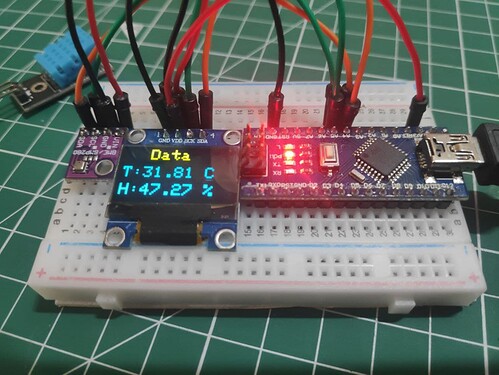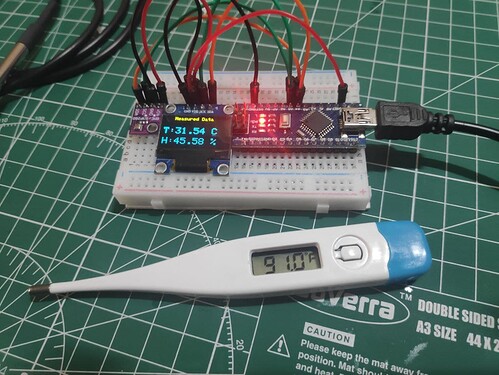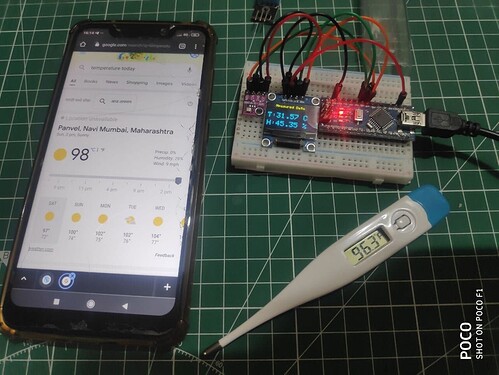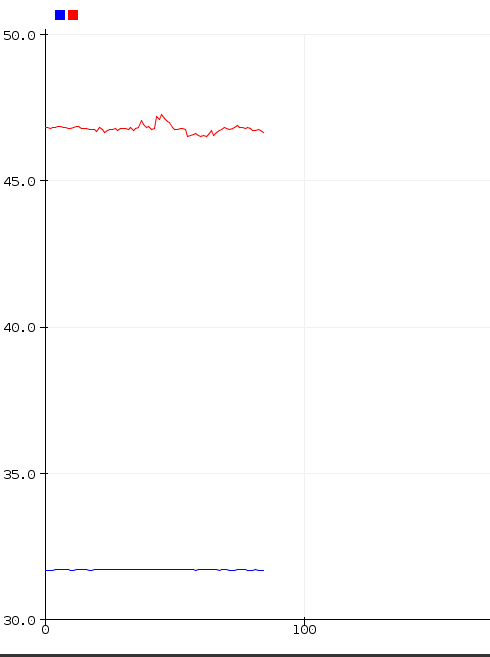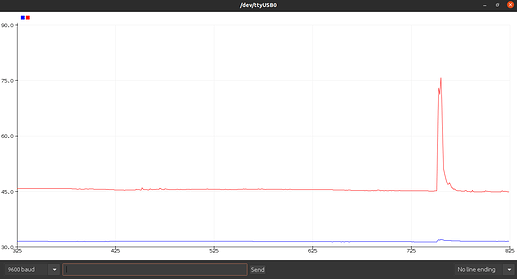DIY Science broadly refers to the process initiated by individuals and groups that experiment, hack, tinker, fix, make and recreate objects and systems out of their own interest, curiosity or need and openly share processes, results and outcomes in their networks and to the world.
One of the great example is CUBE group, where every cubist take pride and honour of DIY Science.
The school students, Undergrads, teachers, Citizen Scientists, professors etc are players/actors of DIY science .
With the recent rich and diversify technological developments and the spread of Maker Movement are encouraging even newer practises.
The impact of low cost microcontrollers and single board computers such as Arduino, Raspberry pi and similar devices are transforming the research.
They are nowadays commonly used by different cohort of people in context such as
- Marine Research
- Drug Design
- Gene Editing
- Automation
etc
Open source prototyping platforms and communities are enabling people around the globe to build their own instruments and do primary research.
Maker Movement is changing innovation, culture and education not only with the help of open internet technology and digital things but also through physical things such as hardware designs, sensors and networking devices.
Here I would like to legitimate the idea of making your instruments.
